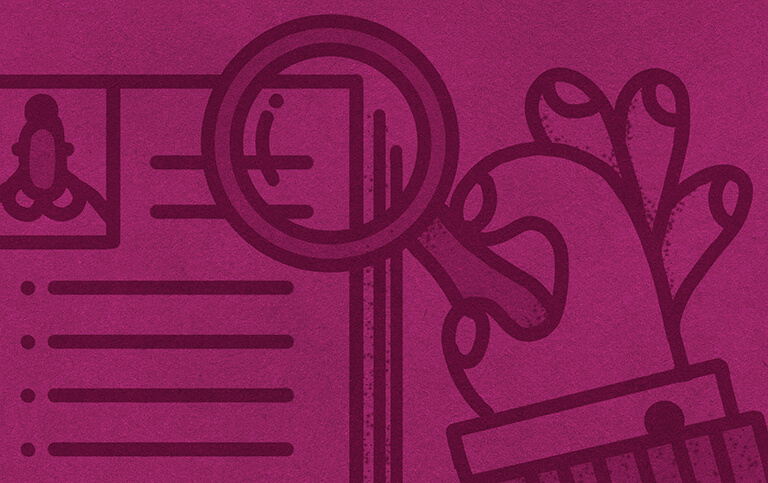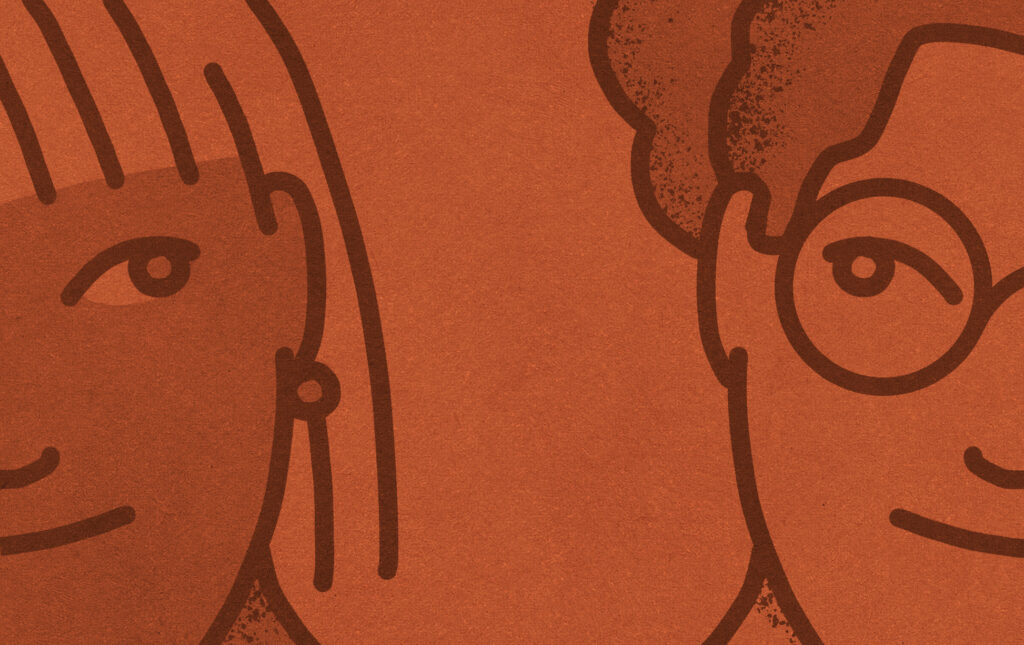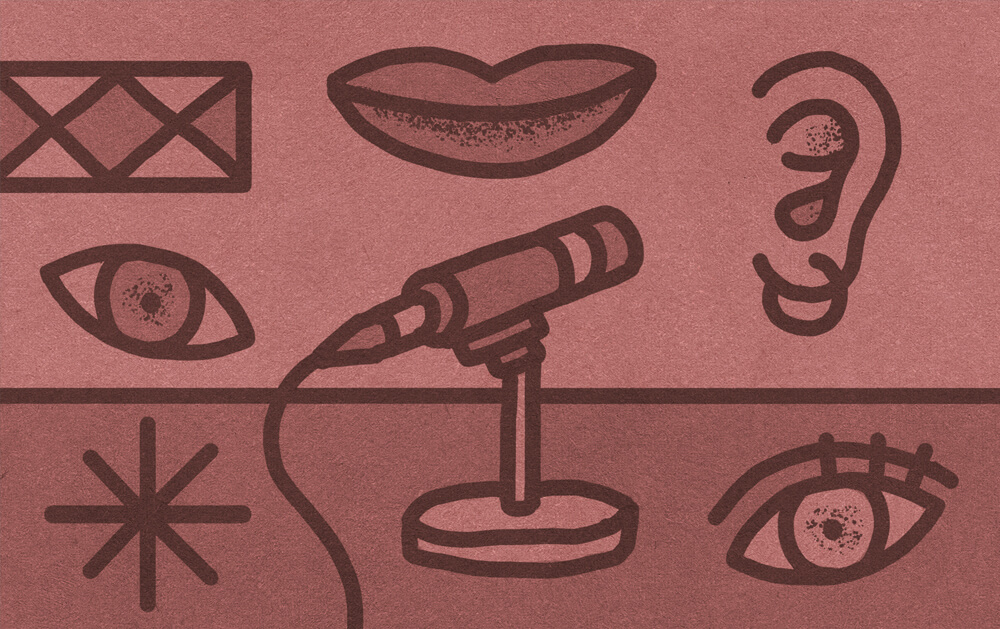- The nine guided, 45-minute teaching modules focus on topics such as why people migrate, how immigration and asylum is regulated by states, or how migration relates to topics such as climate change, colonialism, inequality, identity and social cohesion.
- The teaching modules are designed to fit into existing school subjects such as geography, history, social science, and literature and proposes materials and activities suitable for secondary school students across different school types. They could be taught individually or as a package with migration popping up in different subjects throughout one school year.
- The teaching modules include background information for educators, a teaching plan with exercises using interactive teaching methods such as storytelling and audio-visual methods and empirical data, links to documentaries and other relevant teaching materials.
- The modules will be available in six languages (English, German, Dutch, Italian, French, Polish) with materials and activities being adapted to different contexts across Europe. Just change the homepage language on the top of the page to access different languages!
- The modules will be made available throughout 2023. We released the first module in February 2022.
![]()
This work is licensed under a Creative Commons Attribution – NonCommercial 4.0 International License (CC BY-NC).









